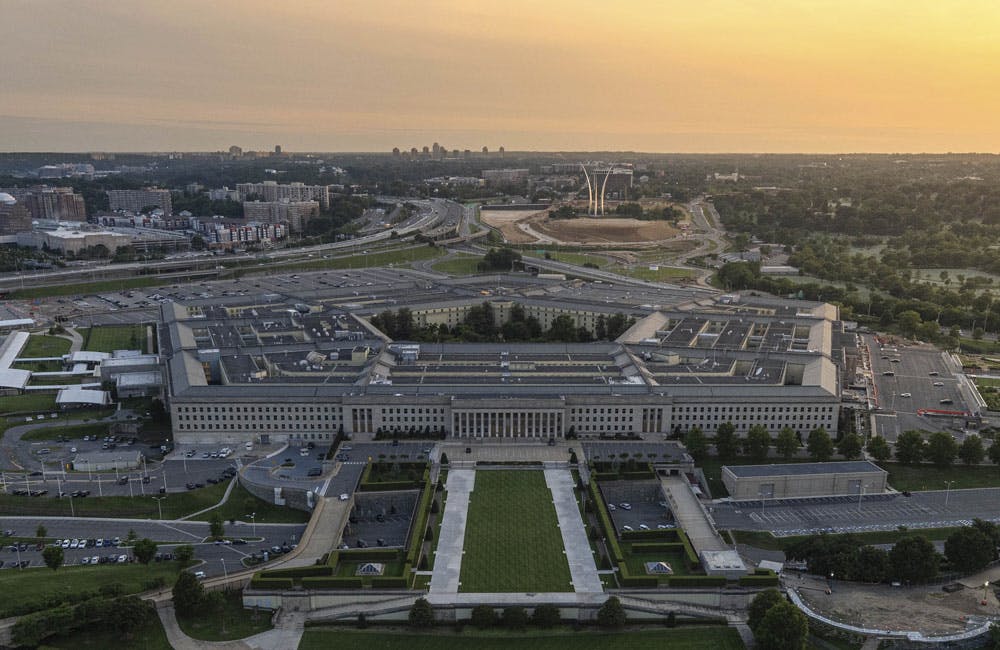NASA Focused on Cultural Transformation to Launch AIOps
Data readiness and cultural change are key to a successful AI program.

To successfully integrate artificial intelligence into operations (AIOps), NASA will undergo a cultural and digital transformation.
“The bit where the algorithm is run is a very small part. The data is rarely in a form where you can really use it,” said Nikunj Oza, NASA’s data sciences group lead, at an ATARC webinar. “People have their ways of doing things already; there’s this problem of needing to learn a new tool or set of tools and understanding how it really works. People have different conceptions of what AI can do for them. Data is not [automatically] ready for AI to use, so you can start an AIOps project and it screeches to a halt because the other parts of your system are not ready for it.”
Data readiness is one of the biggest barriers to AI adoption.
“There’s issues with label quality, data quality,” said Yevgeniya Pinelis, chief of test and evaluation of AI/machine learning at Defense Department’s Joint Artificial Intelligence Center (JAIC), during the webinar. “There are infrastructure issues, of course. … For us to really build trustworthy AI systems, we need to have that ecosystem and all the piping in place.”
Culture is also a key component to implementing AIOps. Grounding teams in Agile and DevSecOps methods, Pinelis said, pay off enormously in the long run.
“If your user and tester are engaged really early on, that’s how you get this Agile process and avoid disasters at the end,” she said. “That’s a big culture change we’re going through. We’ve had a lot of luck in joint logistics — those tend to be AI problems that are well scoped, although data readiness is always an issue.”
Shenandoah Speers, associate CIO of applications at NASA, said the agency’s digital transformation is underway, but still maturing.
“We’re looking at AI and machine learning,” Speers said during the ATARC webinar. “One of the platforms we’ve implemented is a DevOps pipeline. Having AIOps will help us make better sense of the data with [machine-learning] analysis and predict what could potentially happen and decrease some of the events or eliminate the events altogether. Our DevOps pipeline is maturing, and we need the ability to have insight into that.”
Speers said NASA is already implementing robotic process automation (RPA) to streamline business operations and free up resources and employees to focus on more complex tasks.
Sifting through data is still a big challenge, which is where automation comes into play.
“We’re seeing a lot of influx of data, and how to digest that data and make business decisions and mission decisions on that data,” Speers said. “I’m responsible for the business systems within NASA. Being able to automate the financial and procurement systems within NASA is a big investment we’ve put into RPA.”
Because NASA collects so much data from so many different sources, Oza said AIOps would make a significant difference in NASA’s data management practices.
“[We have a] wide variety of different data types, quantities, time sensitivities, a variety of analytics that they’re already used to doing, which they need to continue,” Oza said, “and push as much analytics as possible out there and do on the ground only what is appropriate there.”
Oza also fights in-house misconceptions around AI, like the idea that AI will steal human employees’ jobs.
“We do have a little bit of a challenge around misinformation around AI,” Oza said. “I have unfortunately had people say they didn’t come to us to work on ML because they thought we needed a large amount of data — they only see ML as deep learning, which is very inefficient, but there are much more efficient methods.”
Although NASA is just starting on its digital transformation journey, Speers has high hopes for the year ahead.
“A year from now, I hope we have a better understanding of our data and how AI and ML can help reach that data in a way that helps free up resources to focus on the natural mission of the business itself,” he said.
This is a carousel with manually rotating slides. Use Next and Previous buttons to navigate or jump to a slide with the slide dots
-

The CAIOs Leading Responsible AI Development Across Government
Since the White House's AI executive order, federal agencies are in the process of naming chief artificial intelligence officers.
7m read -

Defense Board to Pitch Solutions for Closing Tech Talent Gaps
Defense Innovation Board members cite need to modernize people management the same way government modernizes technology.
4m read -

Energy Researchers Aim For Holistic Approach to AI Issues
A new center at the Oak Ridge National Laboratory is looking at under-researched areas of AI to better understand how to secure it.
2m read -

5 Predictions for AI in Government Technology
Agencies are setting plans in motion not only to integrate AI into their enterprises, but also ensuring the data that power these systems are fair.
41m watch








